Our Palladium Chamber Series continues on April 12 with a concert featuring The Mile-End Trio performing the works of Debussy and Tchaikovsky.
Classical music writer Kurt Loft has written a wonderful preview of the program. (Kurt also wrote the program notes in our chamber series program).
For tickets and information please follow this link.
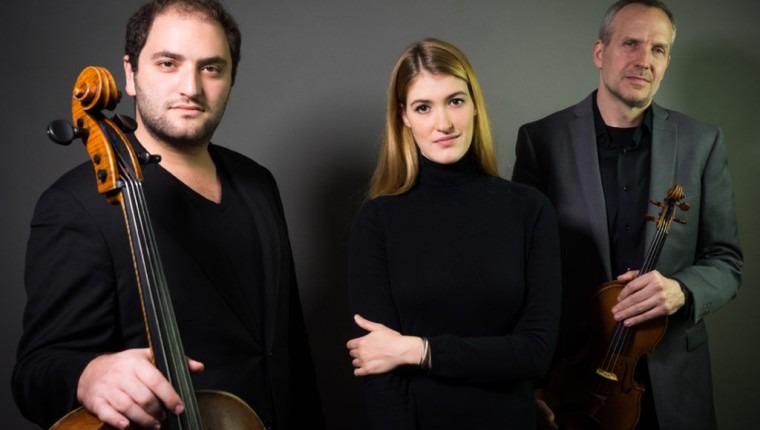
Core members of the Palladium Chamber Players make up a smaller group called the Mile-End Trio, but their compact size packs a big punch. It’s amazing how much variety in sound and texture come from so few instruments, including duos, evident in the concert will hear Wednesday, April 12, featuring violinist Jeffrey Multer, cellist Julian Schwarz and pianist Marika Bournaki.
The musicians dedicate the first half of the night to Claude Debussy, who, despite his short stature, was a towering figure in the world of music. A creator of an original soundscape that challenged tradition and sparked a new modernism, he was a master of suggestion in music, dissolving rigid conventions into endlessly shifting contours of harmony, texture, and color.
The Piano Trio in G major of 1880 was written by an 18-year-old artist yet to find his voice. Oddly, the score wasn’t published for more than a century, finally getting its due in 1985, and a number of recordings followed. This is a tuneful score, hinting of French salon music, and gives us a peek into Debussy’s thinking as a nascent composer.
Written in the summer of 1915, the Sonata for Cello and Piano was among Debussy’s personal favorites because of what he called its “proportions and classical form, in the good sense of the word.’’ It develops out of two melodies – one fast, one slow – follows with a serenade armed with pizzicatos and harmonics, and concludes without pause to a finale that blends comic relieve and melancholy.
Cellists love the work, and rightly so. It exploits the instrument’s range, technical and expressive possibilities. Much of the time the piano plays a supporting role, although with flourish. On page six of the score, Debussy makes this clear: “Let the pianist never forget that he (or she) must not fight against the cello, but accompany it.’’
The Sonata for Violin and Piano from 1917 is the last piece Debussy completed, and its mood belies the composer’s bleak life at the time. He suffered from terminal cancer, and when not paralyzed by pain, he was numb from barbaric radium treatments that were an accepted protocol of the time.
“For two days I never stopped suffering miserably,’’ he wrote to his publisher. “Only with the help of a variety of tranquilizers—morphine, cocaine, and other such lovely drugs—was I able to cope, but at the price of total stupor.” The Sonata hardly sounds like music by a man staring at death. The writing is warm and passionate, its three movements gliding from dreamscape to transformation to assurance.
The group returns after intermission with Peter Ilyich Tchaikovsky’s Piano Trio in A minor, Op. 50, completed in 1882 and dedicated to Nicholas Rubinstein, the famed pianist and director of the Moscow Conservatory.
The first movement, called Elegiac piece, shows the composer at his tuneful best, weaving four sumptuous melodies together in a vibrant tapestry. The hushed, mysterious opening captures listeners from the onset, first in the cello, then violin, and finally piano. Tchaikovsky transforms his themes and reinvents ideas heard earlier with powerful effect.
The lengthy second movement – stretching nearly 30 minutes – is a massive theme and 11 variations based on Russian folk tunes, ending with a glorious return to the opening theme that ties everything together.
Critics long ago tried to connect the variations to specific ideas, but Tchaikovsky shot back. His score was pure and absolute: “How amusing! To compose music without the slightest desire to represent something, and suddenly to discover it represents this or that.’’

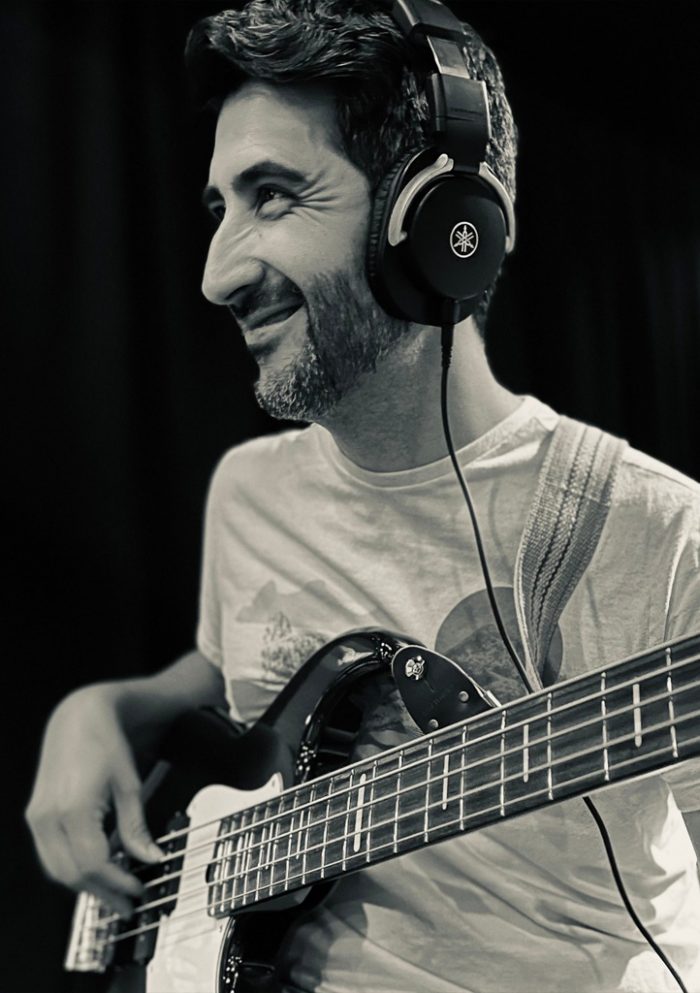
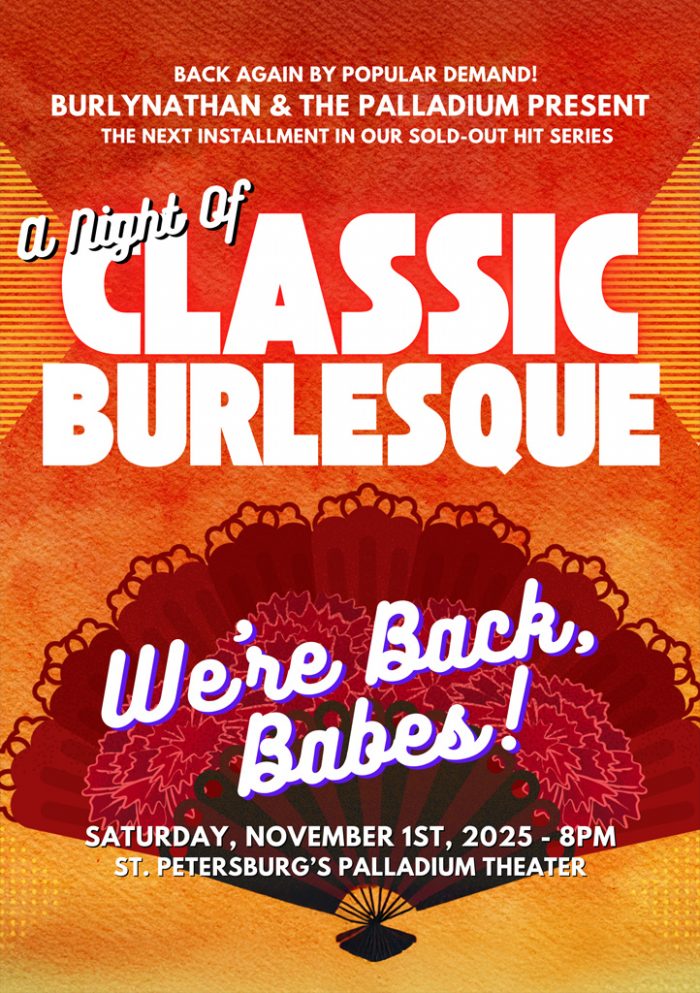
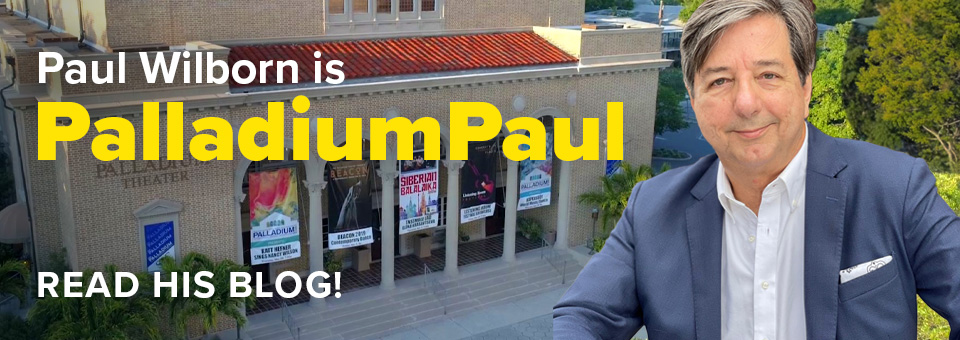
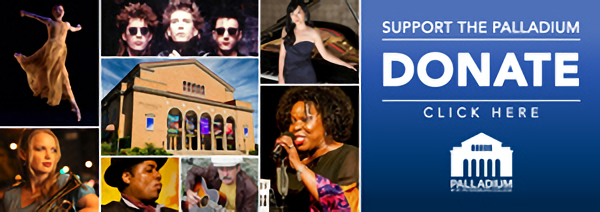

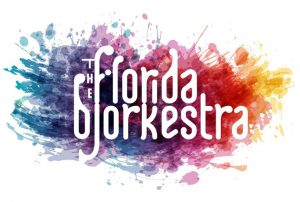
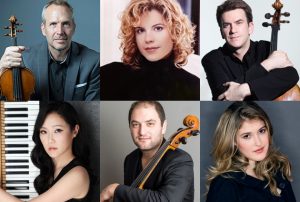
Leave a Reply